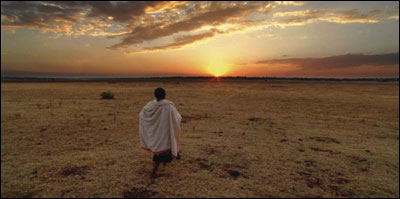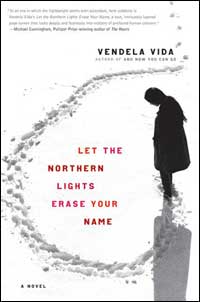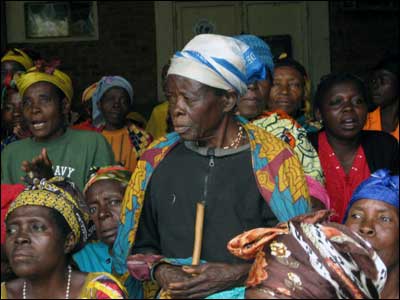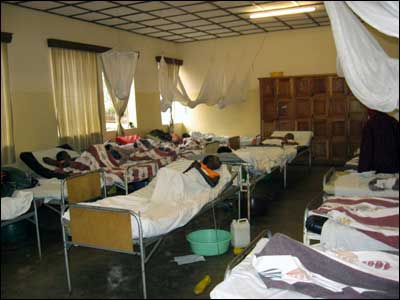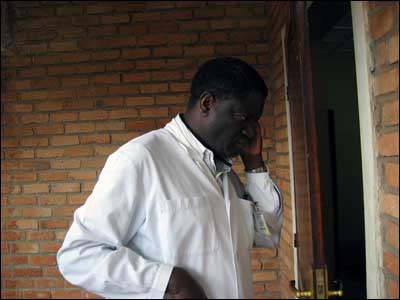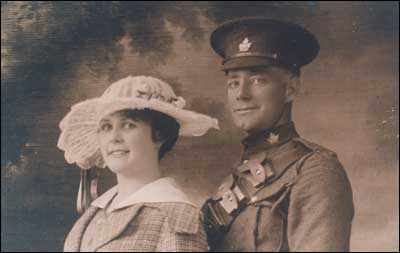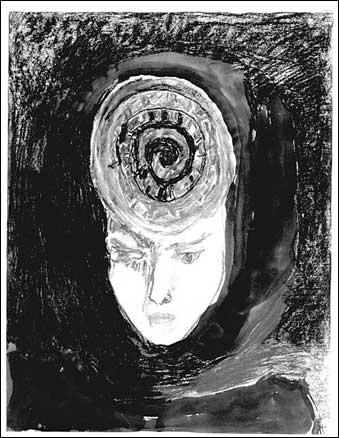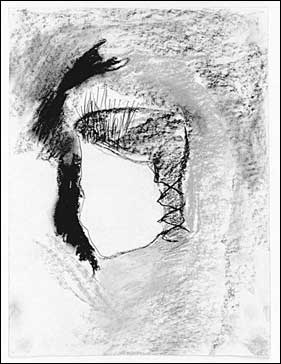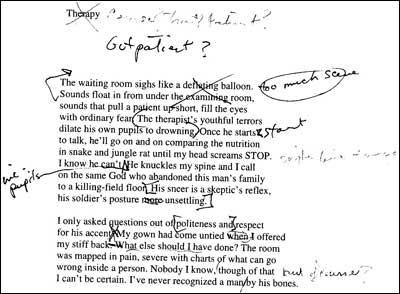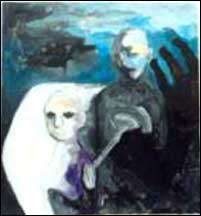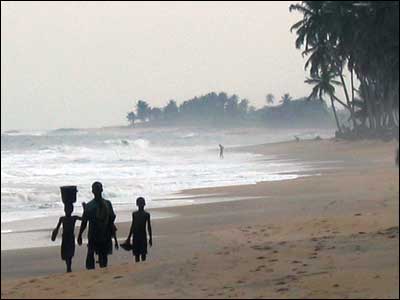
The women next to me are crying. Silently, to themselves, but unabashedly. As the men in the truck bed look over the terrain, their faces are abnormally blank and sullen. My face is squished against the window in the crowded back seat, and I notice the ubiquitous red dust (a staple of West Africa) flying off of the road as we drive. Like it does every day, today it coats the banana leaves, cocoa trees, and assorted green bushes that cover Ghana. People are still walking along the road with baskets on their heads, smiling at everyone they meet and maneuvering around goats that flood the streets and bleat loudly.
But unlike these people who move to the normal, almost ineluctable West African rhythm, today does not feel like a normal day for me. In shock, I can’t believe that I’m driving along a dusty road in Ghana, with the wind whipping in through open windows, and my dead friend Raymond wrapped in a blue bed sheet on the truck bed behind me.
•••
I’d only met Raymond once before that day. About a week into my six-week volunteer stint in Ghana, I began working in the Accidents and Emergencies Ward in the Volta Regional Hospital — a different experience from being in American emergency departments, because the hospital had no ambulances, defibrillators, or electrocardiograms (EKGs). The primary emergencies that they managed were broken bones, sutures, or diabetic emergencies requiring IV fluids.
Because I didn’t speak the native language, Ewe, I felt like I was being ignored in the hospital ward. After about a week-and-a-half of this, I wandered over to the General Male Ward where I knew some other volunteers were working. I spotted Katie, with her short, curly hair escaping from the pigtail braids she had tried to wrestle it into, and the top half of her head bleached blonde from the sun. She had taken out her large, silver nose ring, but I could still see the two bluebird tattoos peek out from behind the straps of her tank top. Amy, a quiet, blonde volunteer, was hunched over a shopping bag on a windowsill. As I entered the ward, she looked up and kindly smiled before pulling a package of adult diapers out of the bag.
Katie called me over to where she was, sitting at the head of a bed with the remnants of a Fanchoco ice-cream bar coating her hands. “This is Raymond,” she explained, gesturing to a rail-thin figure lying on the bed next to her, “and he is here from Togo.”
Immediately I felt excited because I could practice my French with him. Katie patted his arm and told me that he had “eaten some bad beans” that made his stomach hurt, and that medicines from an herbalist had only made him more sick. The family took him to one hospital, but the hospital’s operating room “couldn’t help him,” and so they sent him to the Regional Hospital. In the meantime, the wound from his surgery dehisced so that the intestines basically spilled out through the hole. They were held in only by the diapers that he wore in the hospital.
Without much muscle mass, Raymond was basically a skeleton wrapped in a sheet of his own skin. I stared at his huge feet attached to twig-like legs. His knees were by far the largest part of his legs, bulging out like two baseballs between two muscle-less sticks. When Katie told Raymond my name, he looked at me with velvety brown eyes. His eyes reflected a thousand pains, but they were also the strong eyes of a 17-year-old boy. Reclining amidst a sea of sheets, he held out a limp hand with long fingers for me to shake.
•••
We all chatted for a while, learning about each other’s lives. Raymond told us how his sister sold green beans in the marketplace in their hometown, Aflao. He eventually asked Katie when she was returning to the United States. I translated for Katie while she pointed to a date in her planner. August 4. “That is when I go home,” she said, being careful to speak without contractions like the Ghanaians did.
Raymond turned his wide eyes to me and stated matter-of-factly, “I will go with her then. Tell her I go to America, too.”
As I relayed the message to Katie, I shifted my feet beneath me and glanced at Amy, who was still sitting on the windowsill next to Raymond. Katie looked at me with thoughtful, slightly sad brown eyes, and then playfully patted Raymond’s hand. “I’ll try,” she said grinning at him, “but you have to get some more muscle before then!”
I decided to translate “try” as essayer. Once Raymond understood me, his eyes bulged with alarm, and his whole body writhed as he shouted, “No! Not try! Will! Will! You will bring me with you!”
Katie stared pensively at Raymond’s smooth hands as he assured her that he would be big and strong in three weeks. Nodding along, she untwined her fingers from his and turned his palm over delicately. Sliding her hand over his, she wrapped her fingers around his wrist. “OK, Raymond,” she said, noticing how her fingers made a complete circle around his arm, with room to spare on all sides, “I will. But remember, big and strong.”
Raymond nodded at her and found a pencil from a table next to his bed. With shaky but deliberate movements, he leaned over Katie and wrote his name, RAYMOND, in her planner underneath August 4. “Now it is a plan,” he explained, pulling up a sheet so that it covered his diaper. “I am going to America.”
•••
About a week later we went to the hospital again and brought more volunteers. I was laughing as Katie stomped and banged on her Jimbe drum, imitating our drum teacher, Joseph, and his testosterone-filled teaching style. The drum had a resounding, hollow, but somehow pure sound that broke up the relative silence in the ward. As we walked in, one of the nurses (in Ghana, nurses are “Sisters”) smiled sheepishly from behind the administrative desk. Her hand stopped its casual lilt on the page, and hesitated for just a moment. “You are here to see Raymond?” she asked out of complete stillness.
“Yes,” we answered, blundering into the room and talking amongst ourselves.
“Ah.” Pause. “We lost Raymond this morning.”
I turned my head to the Sister, whose hand was still frozen on the page, and Katie stopped drumming. We all stood still. The Sister’s words hung in the air like reverberations from a musical performance, and in their silence they were almost as loud as the sounds from the Jimbe drum. The sudden change from loud to quiet echoed the unexpected news we had just received, and I couldn’t believe what had happened.
•••
It was a particularly warm day when we got Raymond’s body from the morgue. It’d been about a week-and-a-half since he died, and his body had been kept in refrigeration. When they brought Raymond out, I was shocked by how peaceful he looked. He was so still that it was as if he had eternally extended the pause between inhaling and exhaling so that there was a breath trapped inside of him. His mother and Katie couldn’t stand to see him, and so I cleaned his body with two of his aunts and Becca, a nursing student volunteer with a sunny disposition and a go-getter attitude.
I kept wondering why I was cleaning his body in the first place. Holding his lifeless left hand, I realized that I had only met this boy once before, and that I hardly knew him at all. I wasn’t sure why I even cared about what happened to him. But as I wiped his elbow with a rag, I thought about how happy it had made him that we came to visit him. I realized that the whole reason I came to Ghana was to connect with new people and to learn from their life experiences. I’d certainly met many people when I observed a physician, blood lab technicians, or a traditional bone healer. By spending time with these people I was able to learn a lot about their life stories.
But I just sort of stumbled upon Raymond and his story, and it still impacted my life. I realized that these informal relations are clearly important ways to make a connection with other people. Even more significantly, I understood that by making Raymond even a little bit happier, I had affected his life as well. Gazing into his slightly sunken, matted eyeballs, I realized that I was giving back to him for what he had taught me. It became clear that these sorts of informal connections, with Raymond and with other West Africans, were not only important, but actually some of the most significant ways through which I gave back to Ghana.
Back with Raymond, I still felt confused as I moved the rag between his bony fingers, but I also felt in awe of our own connection and what it meant.
•••
It is almost afternoon by the time we leave the morgue and arrive at Raymond’s family’s house in Aflao with his body. We plow quickly through the unpaved streets, which are more like glorified paths, and dodge chickens and avoid hitting huts on either side by six inches.
When we pull into a clearing, people are milling about between the noises of chickens and goats. Jumping out, the men seem to know what to do and start speaking in Ewe. Against the backdrop of a dialect that sounds like a rushing brook, I feel completely confused.
Raymond’s mother grins at me with the type of smile that turns complete strangers into instant friends. Other volunteers had mentioned that she had been extremely distraught over her son’s death for about a week, but it looks like she has finally calmed down and is able to interact with other people. She waves me over to a group of people who are the rest of Raymond’s family. I almost cry when his younger sister looks at me with her huge eyes and holds out a hand that also has long fingers like Raymond’s.
The men hoist Raymond’s body onto their shoulders and carry him to a sandy area. I guess this is a cemetery, though the only grave markers are Coke cans and plastic wrappers. One of the family members starts digging a large hole to my right. I am still confused about what I should be doing, and so I stay back with Becca, kicking the sand with my flip-flop. I watch Raymond’s father lower his son into the hole, and I watch the different layers of sand cascade around Raymond. “No grave marking,” everyone explains to me, but “maybe the family will plant a tree later.” I take a last look at the grave, now a wet patch of sand, and go back to the compound, stepping on a dusty Fanchoco wrapper on the way.
Back in the clearing, in the huts, I meet members of Raymond’s extended family. I shake about 20 hands, and I see so many faces that are creased with age and worry, but they crinkle even more with warm smiles for me. I feel embarrassed, like I haven’t done anything to deserve this kind of unstinting love from strangers. Raymond’s mother gives me a huge hug as she sobs silently, and Raymond’s sister kisses me on the cheek as she walks back elegantly to her father, like a dignified queen, even though she is crying.
Continuing this generosity, someone hands me a coconut he has just chopped open and his eyes simply say, “Thank you.” As I drink the milk, another relative throws more and more coconuts back into the pick up truck. After convincing them that I cannot take coconuts with me, I slide back into the truck and wave goodbye.
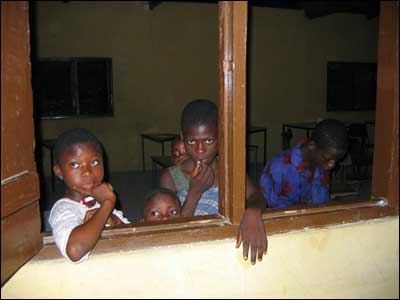
Julia Hellman
Dear Reader,
In The Fray is a nonprofit staffed by volunteers. If you liked this piece, could you
please donate $10? If you want to help, you can also:

